Nakayama is in between Narita And Haneda International Airport
<クッキーについての同意並び欧州居住者向けプライバシーポリシー>
中山・下総・散歩道
Chokokusan Ankokuji Temple and Myoken Bosatsu
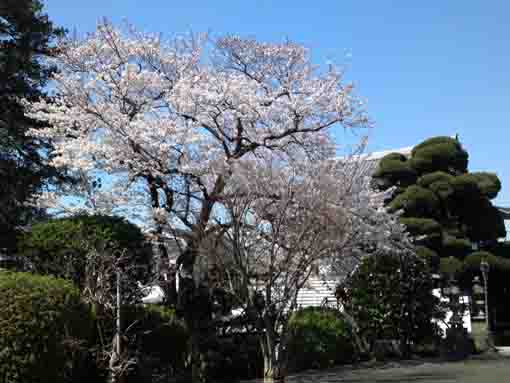
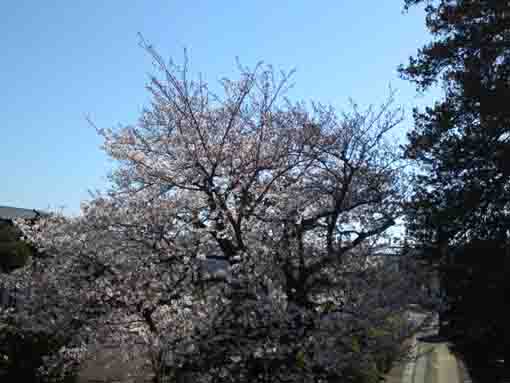
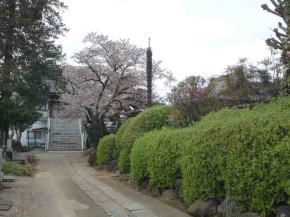
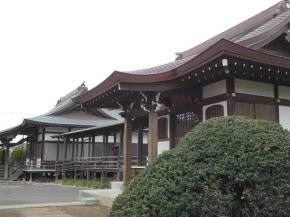
Chokokusan Ankokuji Temple is in the residential area in Ichikawa city. The temple has 3 buildings, the main hall, Kishibojindo hall and Myokendo hall. It was built by Nobunori Soya who was one of great supporters of Nichiren, the founder of Nichiren sect in Kamakura period, so the first abbot of Nakayama Hokekyoji Temple, the venerable Nichijo, a great supporter Noriakira Ota and he believed Nichiren deeply.
Soya Family is a branch family of Chiba Famliy actively having dominated Shimousa province in the middle ages and Chokokusan Ankokuji Temple was built to pray the prosperity of Chiba Family. Moreover, the statue of Myoken Bosatsu was very famous in Edo period. According to Edo Meisho Zue (a guide book describing Edo in Edo period), it dedicated in Ankokuji Temple was carved on the same piece of wood as it had been dedicated in Senyoji Temple in Chiba city.
Anyway Soya Family ruled this area and it was built on the remains of Soyajo Castle in Kamakura period, and there was the remains of Soyajo Castle in Sengoku period near Chokokusan Ankokuji Temple.
Chokokusan Ankokuji Temple
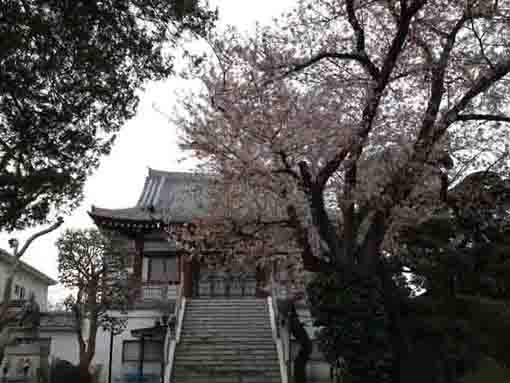
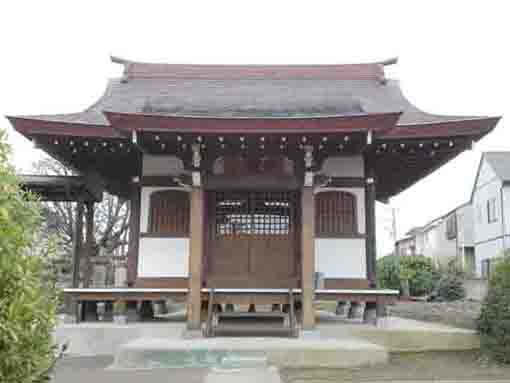
Chokokusan Ankokuji Temple
Chokokusan Ankokuji Temple was built in 1260 by Nobunori Soya, the lord of Soya village since he deeply believed the Founder Nichiren, the founder of Nichiren Sect, and he named the temple after 'Rissho Ankoku Ron' written by Nichiren.Later Norinobu became a priest and was given his Buddhist name Horen Nichirei by Nichiren. He charged his son Tanetsugu with the family affairs of Soya Family. Nichirei dedicated the statue of Myoken Bosatsu to pray the peace and security of Chiba Clan.
After that he built another temple in Ono in Ichikawa and he moved to it. He named it Soyasan Horenji Temple after his Buddhist name. He passed away in May 1st of 1291.
After Syoa Family was died out in 1456, Ankokuji Temple had fallen into ruin, only Myokendo Hall had stood in. The venerable Nichijun rebuilt the buildings in Chokokusan Ankokuji Temple in 1669.
In April 1774, a Confucian scholar Nankaku Hattori and a calligrapher Useki Matsushita built a small shrine and a torii gate, then they dedicated a statue of Wang Xi-zhi in it. There was a stone frame with his title on the torii gate. And they also built a stone tablet to explain the reason to dedicate him. However, they were destroyed by an awful typhoon in 1791.
The reason for why the shrine of Wang Xi-zhi being built might be the number of visitors to Chokokusan Ankokuji Temple, many of visitors visited Ankokuji and the ruin of Soyajo CastleTemple after they had enjoyed sightseeing at the historic battlefield at Konodai and the legendary place of the Myliad of Leaves, Mama.
昭和56年3月
市川市教育委員会
Nobunori Soya (Horen Nichirai) 1223-1291
Soya Family is a samurai family and is a branch family of Chiba Family, so it belongs to Kanmu Heishi Clan. Soya Family had their castle in Soya-go, Yawata-sho, Katsushika-gun, Shimousa Province. In the age of Nobunori, he deeply believed in Nichiren, the founder of Nichiren Sect, and he became a Buddhist priest and he was given the Buddhist name, Horen Nichirei. The venerable Nichijo, the first abbot of Nakayama Hokekyoji Temple, Noriakira Ota and Nobunori Soya supported Nichire in Shimousa province together.Wang Xi-zhi 307-365
Wang Xi-zhi was a Chinese calligrapher from Shantung in Dong Jin Dynasty (317-420). He first became a governmental officer. He was good at calligraphy and he completed three artistic font style, Kaisho, Gyosho and Sosho, so he is called Shosei (The God of Calligraphy). His son Wang Xian-zhi was good at it.Their font style was transmitted to Japan in Nara period, they were influenced in Japanese classical calligraphy.
There is no his writings, but some copies only exist now.
Nankaku Hattori 1683-1759
Nankaku Hattori was a Confucian and poet from Kyoto in Edo period. First he served Yoshiyasu Yanagisawa, a politician in early Edo period, as a poet and painter. Later he studied at Sorai Ogyu, one of the greatest Confucians in Edo period.Useki Matsushita 1699-1779
Useki Matsushita was a calligrapher in middle of Edo period, he studied Confucianism at Nankaku Hattori.抜粋・引用および参考
長谷山安国寺前市川市教育委員会案内板
市川市ホームページ
江戸名所図会6 ちくま学芸文庫
房総叢書 : 紀元二千六百年記念. 第8卷葛飾記
房総叢書 : 紀元二千六百年記念. 第6卷葛飾誌略
日本史辞典 新制版
大辞林
世界日本人名事典
The Location and Access to Chokokusan Ankokuji Temple
Chokokusan Ankokuji Temple
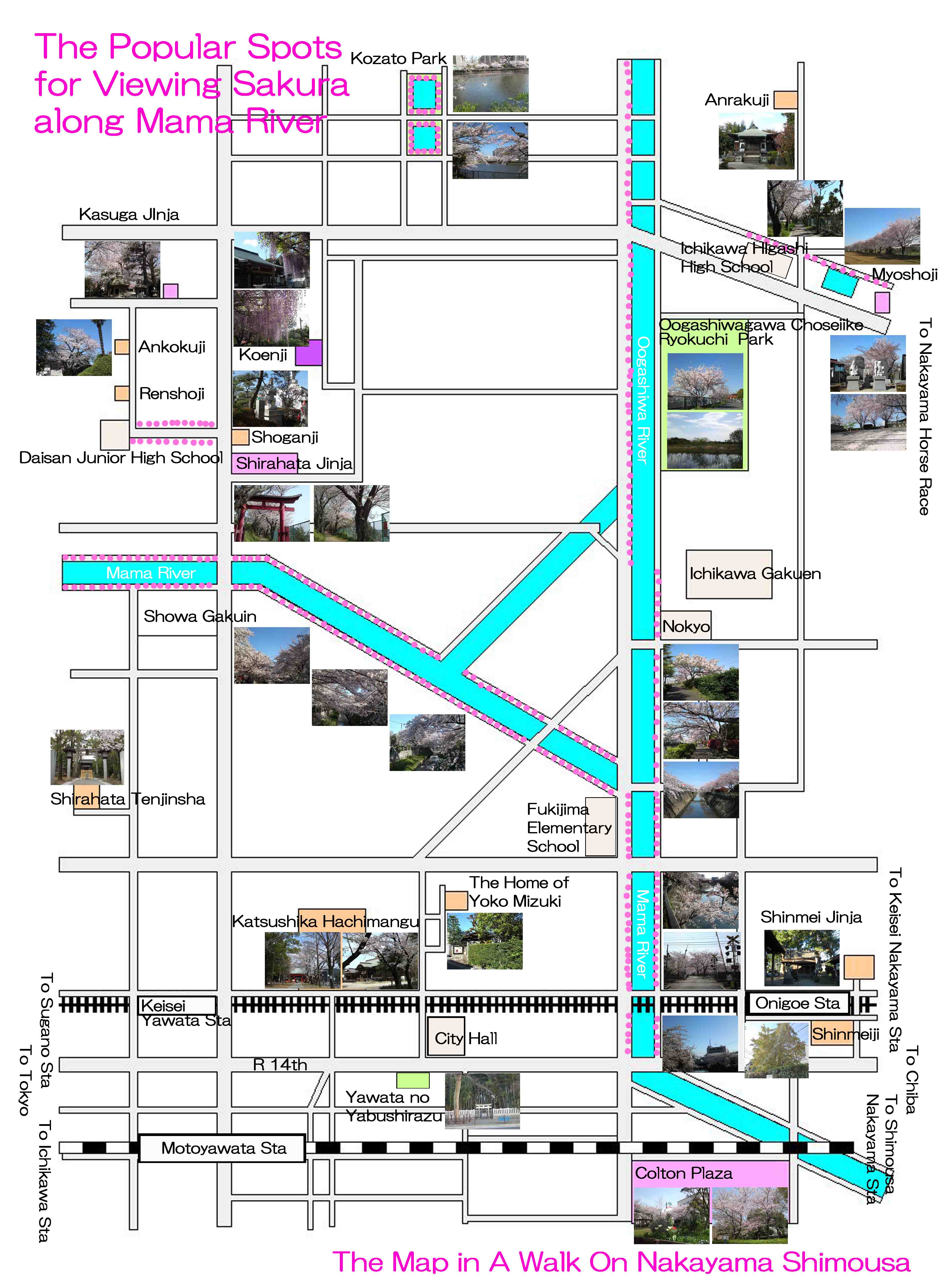
The map of the noted spots near Ankokuji
PDF of the map of the noted spots along Mama River1-35-1 Soya Ichikawa-shi Chiba-ken
- Chokokusan Ankokuji Temple has great accessibilities from both Narita and Haneda International Airport.
- From Narita International Airport, take Keisei-line and get off Keisei Yawata Sta. Take Narita Sky Access-line and get off Higashi Matsudo Sta. And also take JR Sobu-express line, transfer the line at Funabashi Sta to Sobu Local line, get off JR Motoyawata Sta. Take minimally 34 minutes from Narita Airport.
- From Haneda International Airport, take Keikyu-line bound to Narita, and get off Keisei Yawata Sta. And also take Keikyu-line bound to Shinagawa, transfer the line at Shinagawa to Yokosuka-line bound to Chiba or Narita International Airport, transfer teh line at Ichikawa Sta to Sobu Local line bound to Tsudanuma, Chiba, get off JR Motoyawata Sta.
- From Both Motoyawata and Keisei Yawata Sta, take Keisei Bus bound to Higashi Matsudo Sta, get off Miyakubo Sakashita or Kaizuka Iriguchi bus stop.
- From Higashi Matsudo Sta, take Keisei Bus bound to Motoyawata Sta, get off Miyakubo Sakaue or Kaizuka Iriguchi bus stop.
- Take 10 minute walk from both Miyakubo Sakaue or Kaizuka Iriguchi bus stop.
Landmarks near Chokokusan Ankokuji Temple
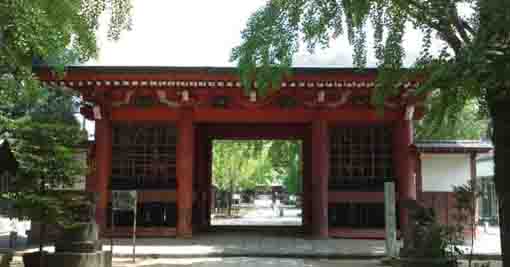
Katsushika Hachimangu Shrine
Having long history and the national natural treasure Senbon Icho Tree stands in.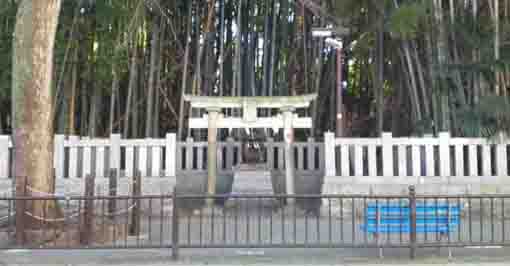
Yawata no Yabushirazu Shirne
Having some legends in this tiny thicket, many writers introduced it in their masterpieces..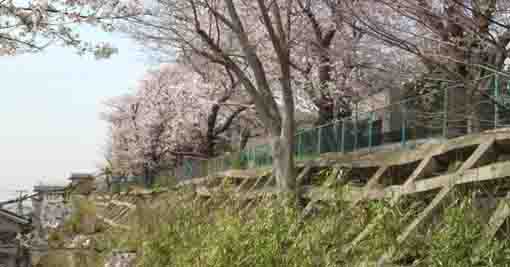
Shirahata Jinja Shrine
Very beautiful cherry blossoms along the approach way on the cliff.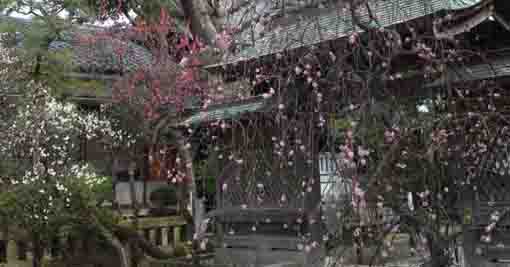
Shirahata Tenjin Shirine
The shrine has monuments of Kafu Nagai, Rohan Koda and Kaishu Katsu.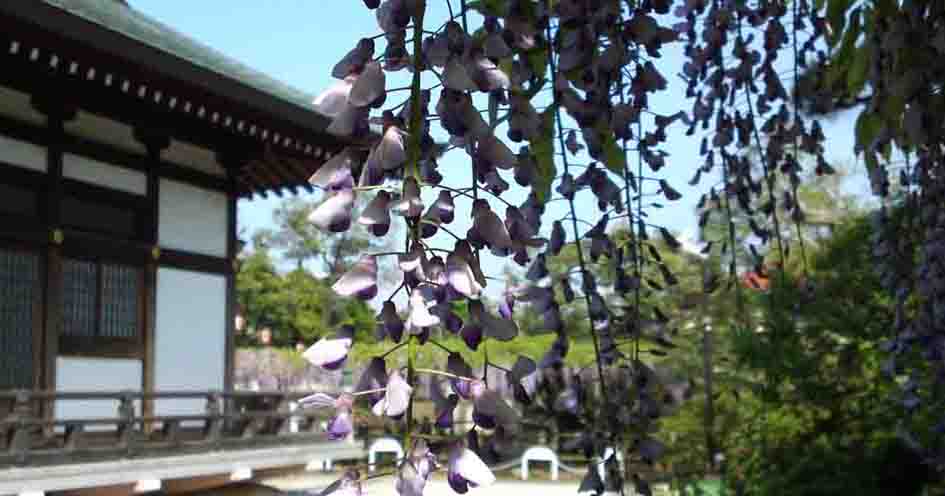
Miyakubosan Koenji Temple
The noted wisteria trees called Choju Fuji are very popular and beautiful.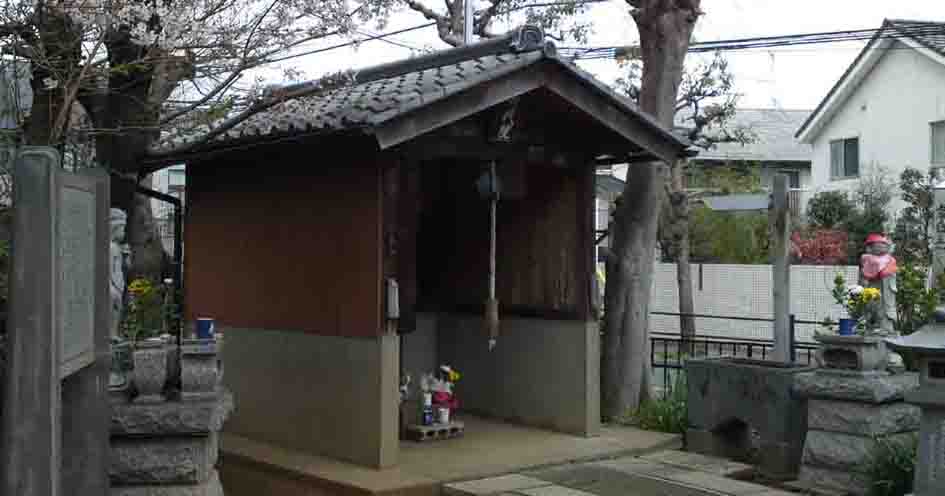
Miyonoin Shrine
A small shrine standing quietly in residential area Sugano has some legends.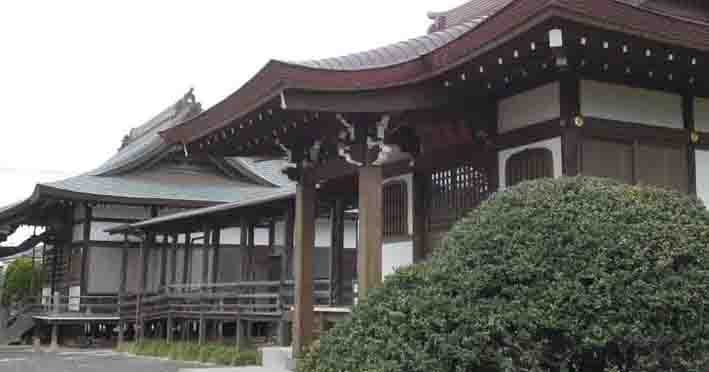
Chokokusan Ankokuji Temple
The statue of Myoken Bosatsu in it has been very famous since Edo period.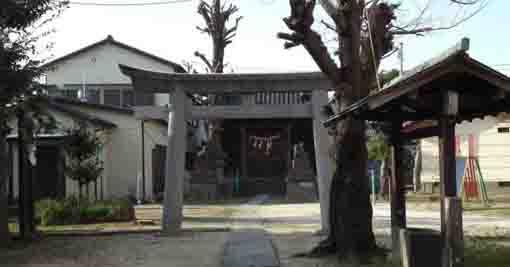
Kabuto Jinja Shirne
Kabuto Jinja Shiren has some legends about the Kabuto helmet dedicated at.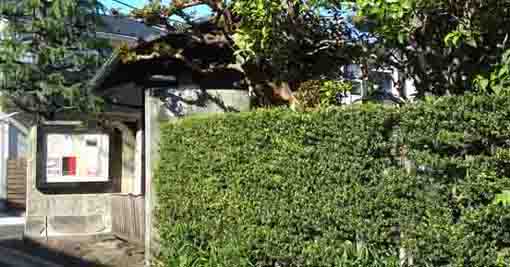
Home of Yoko Mizuki, a Scenario Writer
Yoko Mizuki was a scenario writer who contributed on the motion picture world in Japan.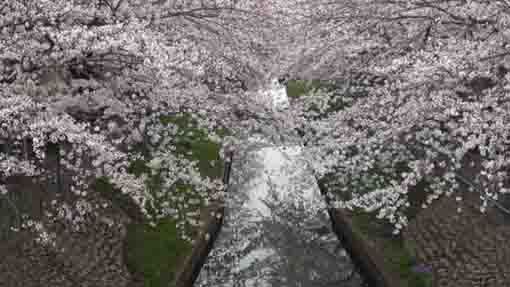
Cherry trees along Mamagawa River
The Mama-gawa River is the very famous spot to enjoy seeing the blooming Cherry Blossoms.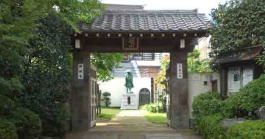
Shinmeisha Shrine and Shinmeiji Temple
Shinmeisha Shrine and Shinmeiji Temple have their long history and the legend of Oguri Hangan.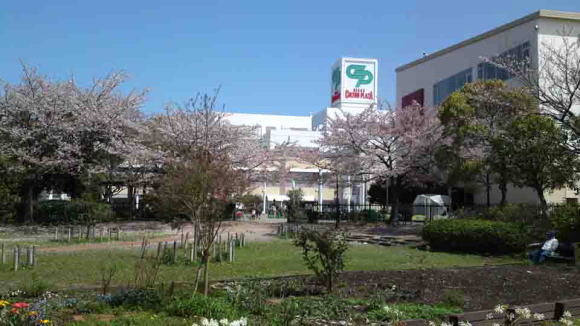
The Area Around Nikke Colton Plaza
Nikke Colton Plaza and some landmarks around are attractive and exciting to walk on.- 広告 Advertisement -
